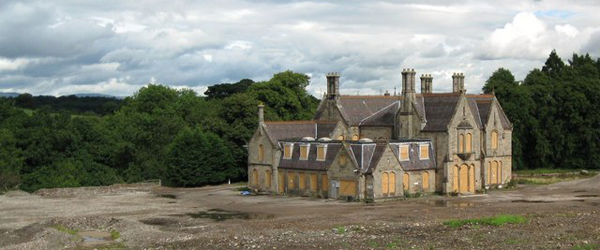
At some point during your renovation process, and maybe even before work begins, it is likely that your property will be left unoccupied. During such time, you need to ensure that the unoccupied building is in fact insured.
Unoccupied buildings cover is particularly important for inner city and rurally located buildings that will be standing vacant for some time. These types of building are much more susceptible to damage – either as a result of intentional damage or due to a lack of maintenance or poor building condition.
Definition of an unoccupied building
Typically, an unoccupied building is one in which no-one has lived for thirty days. Alternatively, the household insurer could deem the building as unoccupied whereby it does not feature sufficient contents for human habitation.
Either way, whether your property is going to be unoccupied for thirty days or thirty weeks, it’s always best to advise your insurer of this matter straight away. Otherwise, any withheld information could easily constitute a breach of the conditions of your insurance policy – possibly invalidating the policy altogether.
What your insurance covers
Where you know your residential building will be vacant for a period of time, the most prudent option is to take out specific unoccupied buildings insurance. This way, your underwriter, having being fully briefed on the various risks and periods of unoccupancy, will be able to supply a tailor-made policy to suit your needs.
In terms of what is covered by unoccupied building insurance, the majority of underwriters only go so far as to insure against the most basic of losses. These include policy protection against damage by fire and certain other unforeseen natural circumstances such as earthquakes and lightning. Explosion and impact by aircraft may also be included.
Occasionally, specialist unoccupied buildings insurers take this one step further by offering cover, where necessary, against subsidence and storms.
Whichever type of unoccupied buildings insurance you ultimately take out, it is especially important to make yourself aware of any special terms and conditions included in the small print. For more information on and examples of the types of caveats to watch out for, please take a look at our section on the special conditions concerning unoccupied building insurance.




